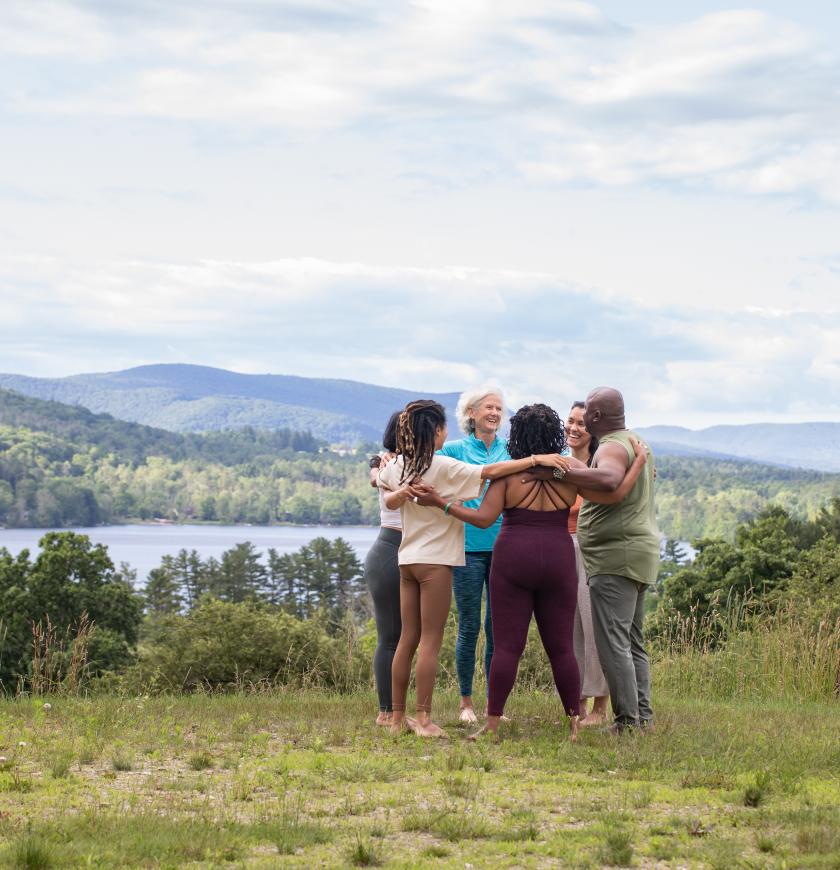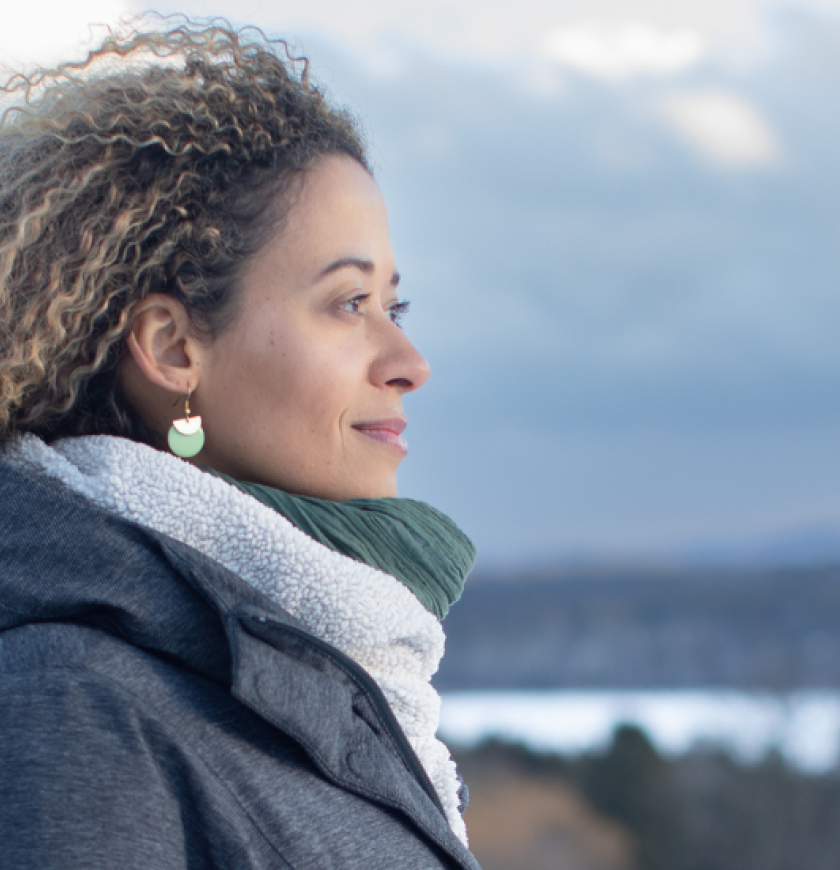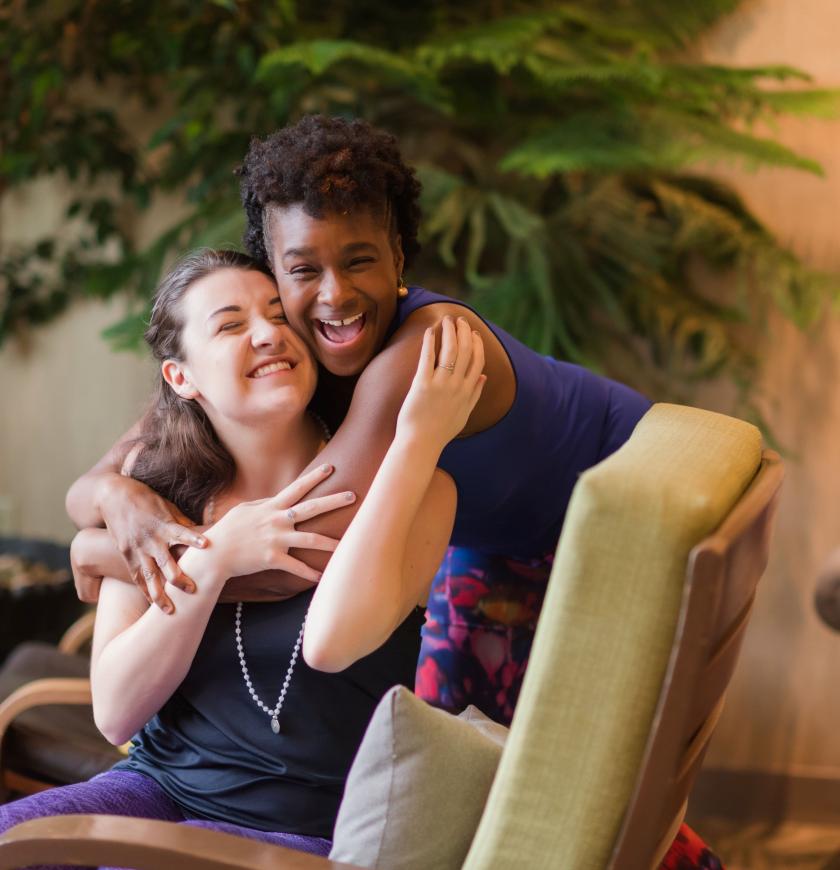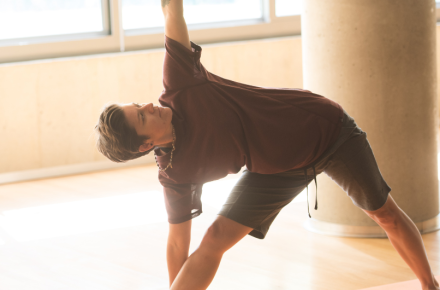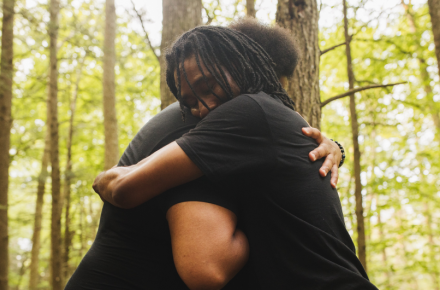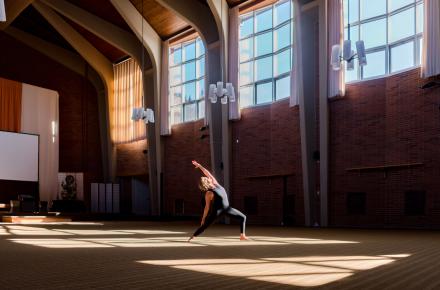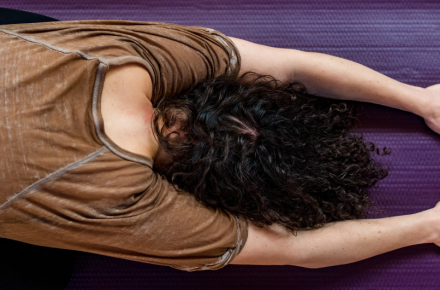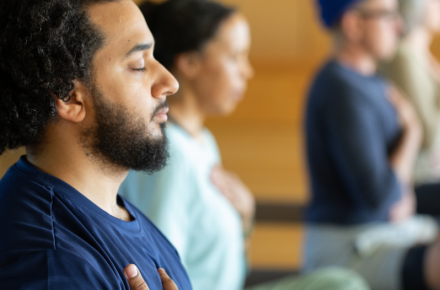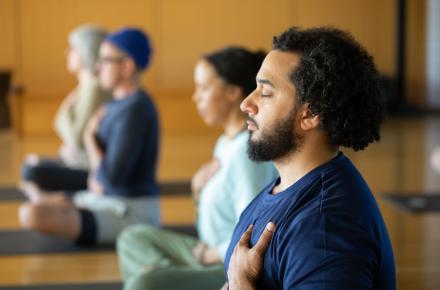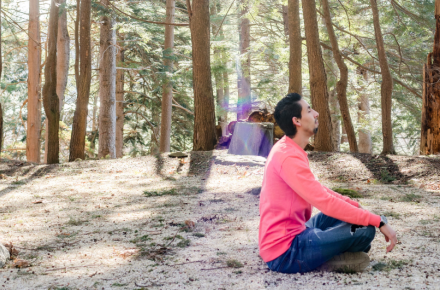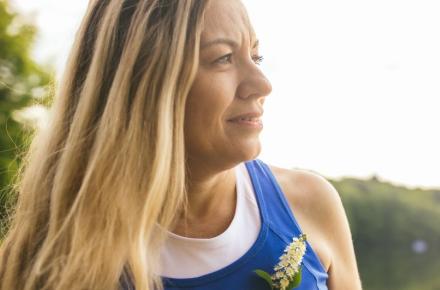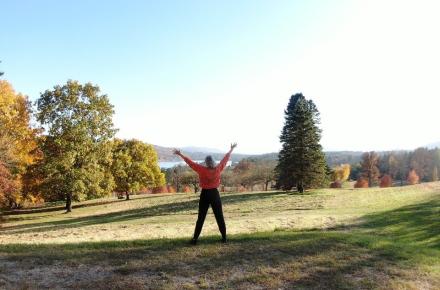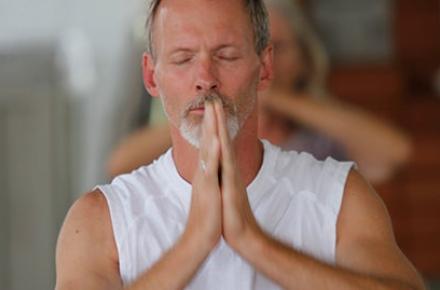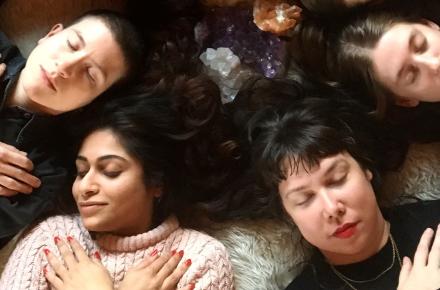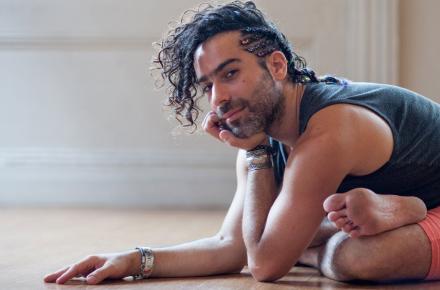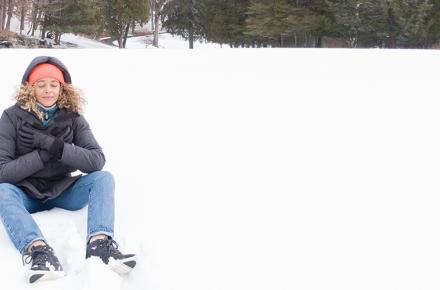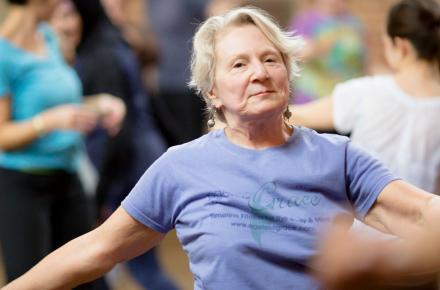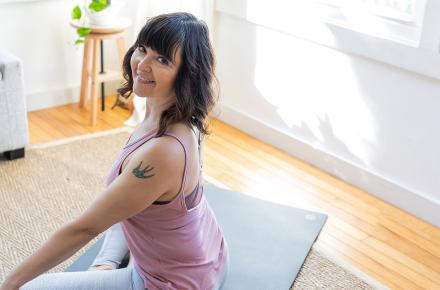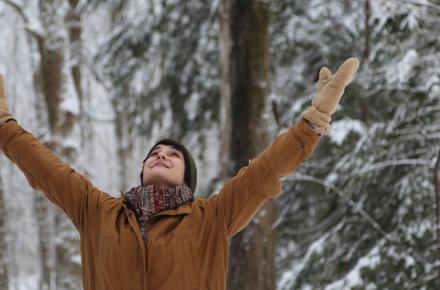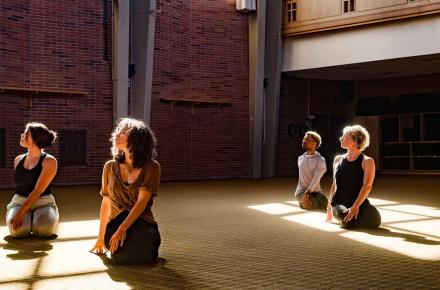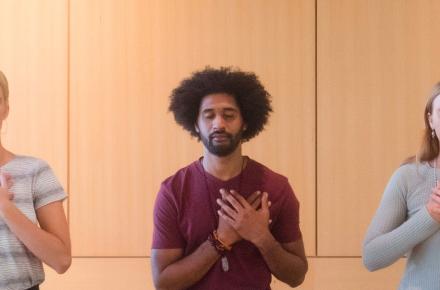Yoga for Insomnia


Insomnia can deprive us of the joy of the day by creating anything from a fuzzy brain, to an agitated nervous system, to lousy digestion, to a compromised immune system. How do we get a good night’s sleep when our minds are on overdrive, and our muscles are all bound up? One reason for insomnia can be that we haven’t used our legs enough during the day; when your legs are restless, it is difficult for your body to relax. If you can’t turn off the “go” mode, sleep may be elusive—after all, for incessant worriers, what better time to worry than when you should be sleeping?
Here are some tips I’ve found extremely helpful when it comes to insomnia.
Once your dinner has digested, turn off all screens and do the asana practice outlined below. Then, drink a cup of chamomile tea while taking a bath with Epsom salts and lavender. Drop the oil into the salt before putting it in the tub, so that the oil is absorbed; the water should be warm, not hot.
Eat a handful of nuts and take a recommended dose of magnesium and calcium. Then brush your teeth with toothpaste that doesn’t have peppermint, which can be stimulating. Make sure that your bed is made and your room tidy. Write down your list of to-dos and anything else that you are presently worried about, and set it aside. Crawl into your bed and get comfortable.
Scan your body from head to toe (not toe to head) and notice any lingering tension. Elongate your exhalation for 25 breaths.
It sounds like a lot. But you can do all that I have recommended in roughly 30 minutes. If you don’t have time for the entire routine, pick the elements that are essentials for you, and don’t skip them. I can’t do without a Forward Bend, calcium and magnesium, a “note to self,” and a body scan meditation.
You owe it to yourself, your family, and your co-workers. The world is a more beautiful place when you are looking at it through rested eyes.
Good night (and good luck). Sleep soundly and wake up refreshed, with a clear mind and a calm disposition.
Insomnia Sequence
This sequence works the legs, releases the hamstrings and quads, dispels tension from the shoulders, and promotes the exhalation, which increases relaxation. By placing a sandbag on the shins, the calves (which are a big component in the fight-or-flight mechanism) are released.
- Warrior II (15 breaths per side), if you have not worked your legs during the day
- Standing Forward Bend, legs hip-distance apart, with blocks under the crown of your head (10 breaths)
- Lunge with the back knee on the floor. Take both hands to the inside of the front leg, bend your elbows, and release your head and neck (10 breaths per side).
- Standing Forward Bend; this time, interlace the fingers behind your back and take the arms overhead. Release your hands, interlace them the other way, and take your arms overhead again (five breaths per side).
- Simple cross-legged pose, sitting on a rolled-up blanket. Wrap your arms in Eagle pose and fold forward (five breaths). Put the other leg in front and the other arm on top in Eagle pose and fold forward (five more breaths).
- Child’s pose with arms alongside the body (15 breaths). If this isn’t comfortable, curl up on your side and hug knees into chest.
- Savasana with calves on the seat of a chair and weight on the shins. Rest the heels of your hands on your temples and touch the fingers together at the crown of the head (15 breaths). Then rest your hands lightly on your face, covering your eyes (15 breaths). Next, place your hands on your belly (15 breaths). Release your arms alongside your body and stay for another five minutes. (It’s best not to fall asleep here—save that for your comfy bed!)
Find out about upcoming programs with Colleen Saidman Yee at Kripalu.
This post was originally published on Colleen's blog.
